Lilliputians from the Family of Giants
20.11.2023 11:22
2585 views

Dinosaurs often broke all records in gigantism. Everyone remembers triceratops, next to which rhinos seem like real dwarfs, and tyrannosaurs, capable of swallowing modern lions in one bite. But these giants pale in comparison to sauropods.
Sauropods are some of the most recognizable lizards. They include such 'celebrities' as Diplodocus, Brachiosaurus, Apatosaurus, and others. Their bodies were elongated, with legs like columns, incredibly long necks, and very small heads, with a similarly elongated tail at the rear. These herbivores were widespread across all continents from the beginning of the Jurassic (possibly the end of the Triassic) to the end of the Cretaceous periods (201-66 million years ago). Sauropods had a complex system of air sacs that helped them breathe and regulate body temperature. It's hard to say who was the largest - Argentinosaurus, Maraapunisaurus, Supersaurus, or someone else, but one thing is for sure - no land animals were bigger than sauropods. It's no joke - 35-40 meters in length and weighing more than 50 tons!
However, nature loves to joke. Sometimes giants appear among dwarfs, and Lilliputians among giants. This happened several times, resulting in the appearance of dwarf mammoths from Wrangel Island, or dwarf elephants from Crete. The trend of miniaturization did not bypass the giant sauropods either.
At the end of the Jurassic period, much of Europe turned into a series of small islands. The largest of these was located in the north of future Germany, roughly the size of modern Great Britain. It was on this island 154 million years ago that the oldest known long-necked Lilliputian, Europasaurus, lived. A complete skeleton of this dinosaur has not yet been found, but the fragments discovered have allowed the reconstruction of the animal's appearance, with a moderately elongated neck, tall head, and column-like legs. Overall, the dinosaur closely resembled Brachiosaurus and Giraffatitan, and many scientists believe it to be their relative. However, this lizard did not exceed 6.2 meters in length, and at the withers, it was no larger than a modern cow! Surprisingly, this was not the only dwarf from this island - another tiny long-necked animal, a relative of Diplodocus, roamed nearby. Unfortunately, too little material was found to give this dinosaur a scientific name. Nearby also lived predators, such as Torvosaurus, but they too were dwarfs, comparable in size to modern wolves!
Another long-necked dwarf appeared almost 100 million years later, at the very end of the Cretaceous period (68-66 million years ago) in the territory that would become Romania. During the Cretaceous, this area was also an island, comparable in size to
Ireland. Scientists even gave this prehistoric island a special name - Hațeg (Hațeg). This island was lush with tropical vegetation, among which lived very mysterious dinosaurs. You could meet a fluffy clawed lizard - Balaur, or a giant pterosaur, the size of a giraffe, a relative of Quetzalcoatlus named Hatzegopteryx. There were also dwarfs here - the tiny duck-billed dinosaur Telmatosaurus, and of course, a tiny sauropod. This local long-necked Lilliputian was named Magyarosaurus. Its length was about 6 meters, and it weighed around 1 ton (1000 kilograms). Perhaps one of its closest relatives was the 13-meter long Saltasaurus. Magyarosaurus might have had large protective plates on its back, like its larger relative.
You may have noticed a common feature of all these Lilliputians - they lived on relatively small islands. It's hardly a coincidence, especially since even today, dwarf animals are often found on islands. For example, on the Channel Islands off the coast of California, there lives a fox the size of a cat! This phenomenon was described in science as 'Foster's rule' (after the scientist J. Bristol Foster), or 'island rule', and the animals living on islands are called 'island dwarfs'. What is the essence of this rule? On islands, there is usually little food for large animals, which promotes the survival of only the smallest individuals. On the other hand, there are often no particularly large predators on islands, allowing small animals to feel relatively safe. Over millions of years, large animals transform into dwarfs. At the same time, due to the absence of serious predators, small animals become larger, as there is just enough food for them, and some even become alpha predators, increasing in size. Such animals are called 'island giants'. An example of such a giant could be the pterosaur Hatzegopteryx, which reached an incredible 10.5 meters in wingspan!
So, it seemed that scientists were able to solve the mystery of the dwarf sauropods. But just when we think we have uncovered all the secrets, nature, the prankster, presents a new surprise. After all, the world is much more complex than our perceptions of it. And so, in 2022, paleontologists learned about a new dwarf long-necked dinosaur that disrupted well-established concepts. It was found in southeastern Brazil in late Cretaceous rocks, accumulated about 80 million years ago. The dinosaur was named Ibirania, and it was about 5.7 meters long, weighing approximately 2 tons. Thus, in length, it could be the smallest sauropod in history! But how is it different from other dwarfs? The problem is that, according to paleogeographic reconstructions, the discovery site was part of the vast continent of South America. So the 'island rule' does not apply to this lizard!
Why then is it so small? Could it be because its relatives were also very small in size? As it turns out, this is not the case. Ibirania belongs to the family Saltasauridae, like Saltasaurus and Magyarosaurus. Most dinosaurs of this family exceed 10 meters in length. So what caused this dinosaur to decrease in size? There is no definitive answer to this day, but one hypothesis has been proposed. Based on the characteristics of the rocks and the rare remains of plants and other animals, paleontologists have reconstructed the environment in which this lizard lived. It turned out to be an extremely barren, semi-desert vegetation area. In such places, there was not enough food for large animals, just like on small islands. Moreover, few predators were willing to venture into such arid places. Perhaps the largest predator described from these areas can be considered the 5-meter-long Thanos, a distant relative of the gigantic Carnotaurus. Thus, it can be said that instead of a water barrier, a 'desert' barrier arose on land, leading to the isolation of several dinosaurs, turning them over time into true Lilliputians.
What other discoveries await scientists in the future? Will paleontologists find an even smaller sauropod than Ibirania? Under what conditions could dwarfs have appeared? Paleontologists will try to find answers to all these questions by conducting new expeditions and new research. And we will certainly share with you the results of new scientific discoveries. Meanwhile, you can use the '3D Dinopedia: Paleontology' application, go to the Europasaurus card, and enjoy its 3D model, as well as read additional information about this dwarf dinosaur. You can also find in the list of articles a story about the dwarf island mammoths: 'Dwarfs from Wrangel'.
Discussions
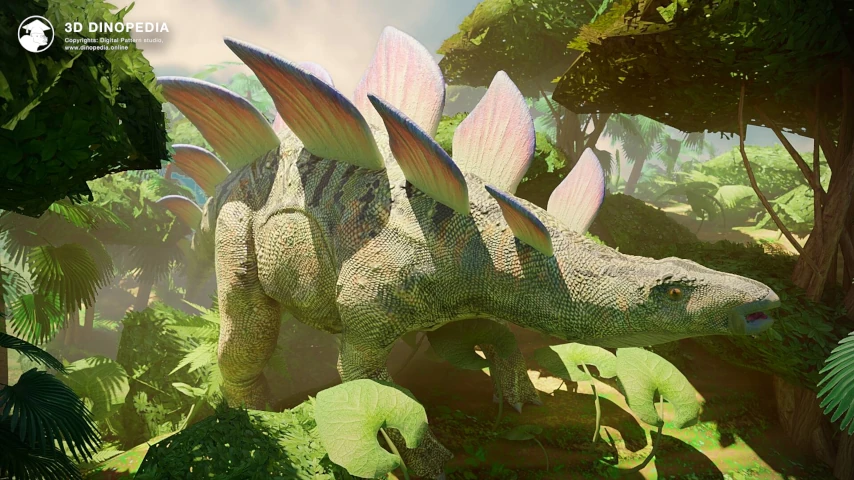
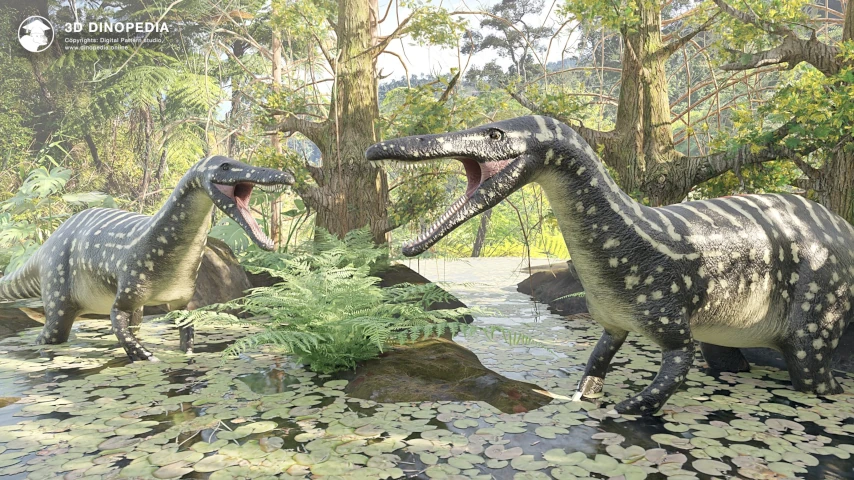
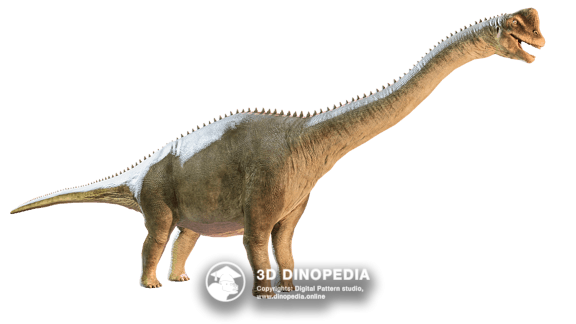

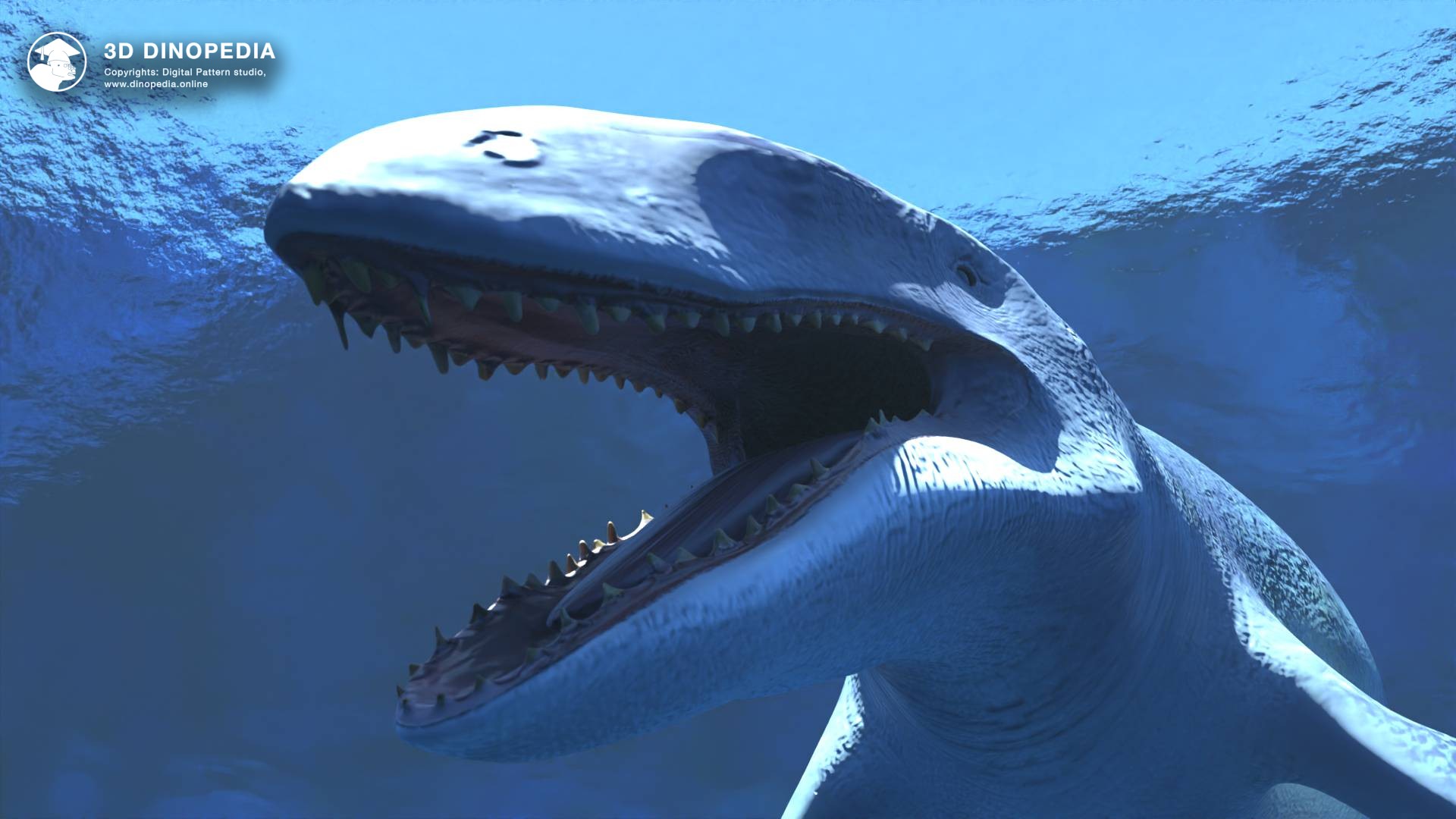
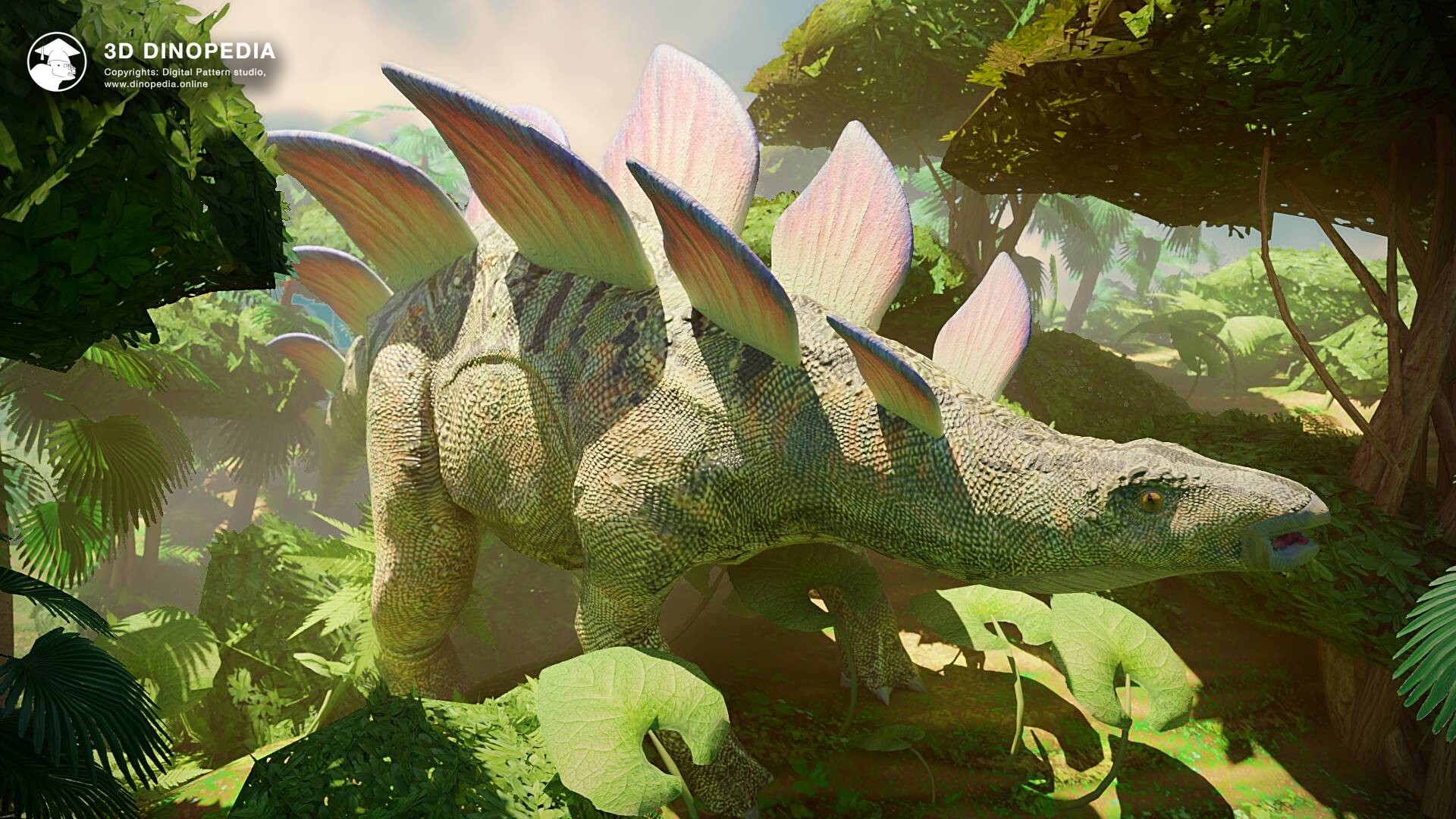
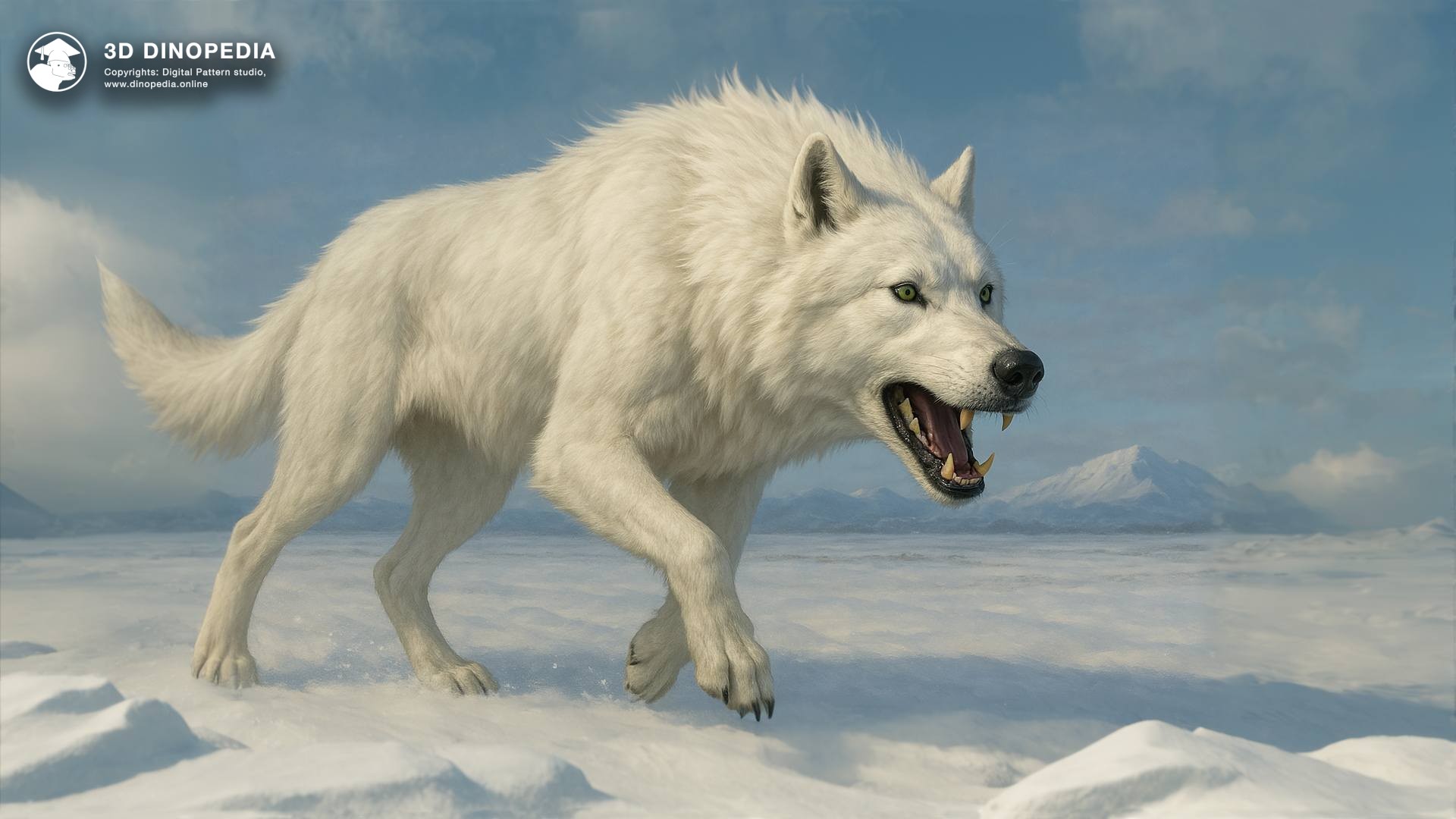

{{ count }} comments
You must login to write a comment